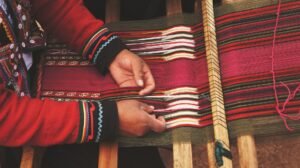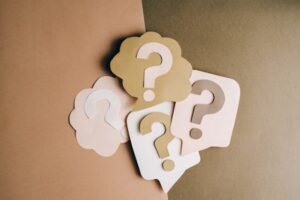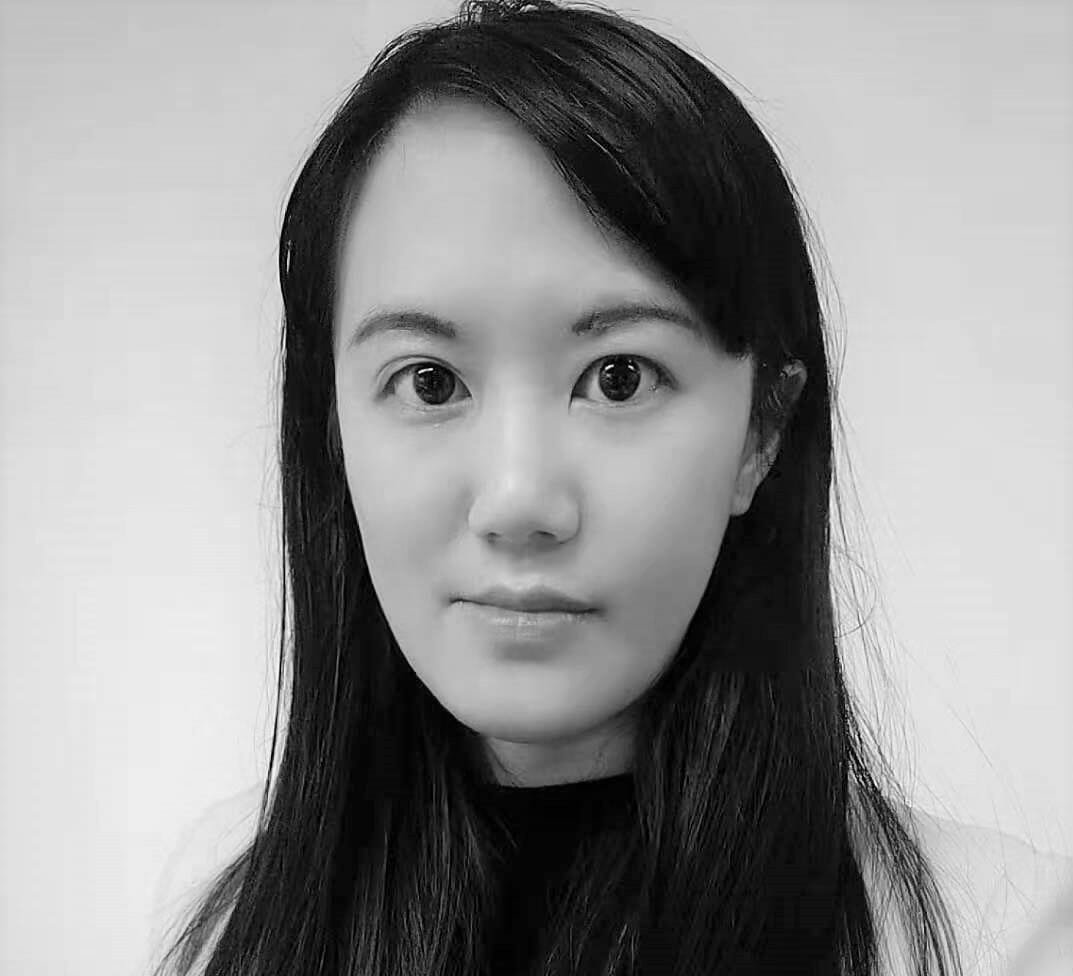A lovely and complicated aspect of Chinese culture is traditional Chinese dress. It has become a representation of China’s cultural identity thanks to its extensive history and distinctive aesthetics. The eighth week of our summer camp program will allow kids to explore the world of traditional Chinese clothes. An in-depth examination of the numerous clothing styles worn throughout Chinese history will be provided in this engaging and instructive course, along with an explanation of the cultural significance of each garment.
Table of Contents
ToggleMajor Types of Traditional Chinese Clothing
Hanfu 汉服 Hànfú
The most recognizable and classic type of traditional Chinese apparel is hanfu. Many other types of clothing are included, such as the Shenyi, a long robe with broad sleeves, and the Ruqun, a cross-collared shirt worn with a skirt. To honor Chinese heritage, hanfu is frequently worn during cultural events and festivals.
Qipao 旗袍 Qípáo
The body-hugging, one-piece Qipao, also called the Cheongsam, rose to popularity during the Qing Dynasty. It has an elaborate embroidery pattern, side slits, and a high collar. Often worn at significant events like weddings and the Lunar New Year, the Qipao has come to represent Chinese femininity.
Tangzhuang 唐装 Tángzhuāng
A classic Chinese jacket called a tangzhuang first appeared during the Tang Dynasty. Round collars, front buttons, and symmetrical patterning are its defining features. Men frequently dress in tangzhuang for special occasions like weddings, and it has become a popular option for Chinese New Year celebrations.
Zhongshan Suit 中山装 Zhōngshānzhuāng
Modern Chinese traditional dress is the Zhongshan Suit, also called the Mao Suit. Sun Yat-sen, the father of modern China, popularized it, and Mao Zedong later wore it. The Zhongshan Suit has five buttons down the front, a high collar, and four pockets. It is frequently connected to official gatherings and Chinese political figures.
Traditional Clothing in Ethnic Minority Groups
There are 56 ethnic groups in China, each with its own distinct culture and customs regarding dress. The following are some of the most distinctive ethnic clothing designs:
Miao Clothing 苗服 Miáo fú
The Miao ethnic group, predominately found in southern China, is distinguished for its vividly colored attire and elaborate silver jewelry. Miao women frequently display their excellent artistry by donning pleated skirts, embroidered jackets, and sizable headpieces made of silver.
Tibetan Clothing 藏服 Zàng fú
The frigid environment of the Tibetan Plateau is ideal for Tibetan attire. The Chuba, a long, loose-fitting wool robe, and the Pangden, a vibrant apron worn by married women, are examples of traditional Tibetan attire. Tibetans wear distinctive jewelry, such as the Perak, a headdress encrusted with turquoise stones.
Uyghur Clothing 维吾尔族服饰 Wéiwú’ěr zú fúshì
The Uyghur people, native to Xinjiang, have a particular clothing style influenced by Islamic and Central Asian customs. While Uyghur women dress in vibrant costumes with elaborate embroidery, Uyghur males frequently don long, loose-fitting robes called Chapan. The Doppa, a square-shaped hat with embroidered patterns, is a traditional Uyghur headgear.
The Cultural Significance of Chinese Clothing
Chinese traditional dress has profound cultural and symbolic connotations in addition to being beautiful. Every article of clothing, from the elaborate needlework to the color scheme, reveals something about the wearer’s social standing and cultural values.
For instance, in Chinese culture, crimson is seen as a bright color and is frequently used in traditional clothes for celebrations and weddings. Similarly, the dragon and phoenix designs are seen in conventional Chinese clothing and stand for strength, fortune, and wealth.

Chinese Traditional Clothing in Modern Times
Chinese traditional dress has seen a return in favor in today’s globalized society. For special occasions and cultural events, and as a way to connect with their ancestry, an increasing number of people, both in China and overseas, are adopting traditional Chinese clothing designs.
Ingenious designers are also fusing traditional Chinese components with contemporary fashion trends to create distinctive and trendy designs that appeal to a broader audience.
Conclusion
A rich and varied facet of Chinese culture, Chinese traditional attire represents the country’s long history and artistic traditions. Each type of clothing, from Hanfu to Qipao, has its own history and cultural significance. The respect and enjoyment of traditional Chinese dress will undoubtedly increase as China assumes a more significant position on the international stage.
In addition to introducing your child to the beautiful world of traditional Chinese clothes, our Chinese Language School presents an engaging summer program that will deepen their awareness of the Chinese language and culture.
Your kids will get the chance to: participate in our summer program:
Learn about the cultural significance of traditional Chinese clothing and its long history and evolution.
Learn about the distinctive clothing trends of China’s numerous dynasties, including the Zhongshan Suit, Tangzhuang, Hanfu, and Qipao.
Discover the Miao, Tibetan, and Uyghur traditional clothes and other ethnic minority groups’ attire.
Please take advantage of this excellent chance to give your child a summer experience they will always remember that will deepen their awareness of Chinese culture, language, and traditional attire. Please visit our website or contact us for more information on registration and program specifics to reserve a space for your child.
FAQs
What is the purpose of learning about traditional Chinese clothing in a language school’s summer program?
Students can learn about the country’s rich cultural legacy and history by studying traditional Chinese clothes, which can ultimately improve their comprehension and appreciation of the Chinese language.
How does traditional Chinese clothing relate to the Chinese language?
Chinese inscriptions, symbols, and stories are frequently embroidered in traditional clothes and ornate patterns and motifs. Students may better understand the language and its intricacies if they know the cultural backdrop behind these features.
Will we learn about the clothing of all 56 ethnic groups in China?
Although the course strives to cover a wide range of traditional clothing styles, due to time restrictions, it may not be possible to include every ethnic group. The Miao, Tibetan, and Uyghur populations, among others, have well-known and distinctive dress designs that will be the topic of our discussion.
How to enroll my child in the Chinese traditional clothing course, and what are the fees?
To register your child for the class, you can do it online, over the phone, or in person. A breakdown of the course fees is included in the program brochure. Register as soon as possible to ensure your child has a spot because discounts are available for early registration.
Click here to REGISTER for our SUMMER CAMP in 2023!
Learn about our Internship Program in China.
Learn about holidays in China in 2023.
Get free Chinese learning resources.
Read about the Spring Festival Celebration on NRK’s website: https://www.nrk.no/norge/harens-ar-1.16270652#top.









